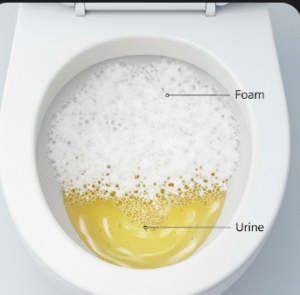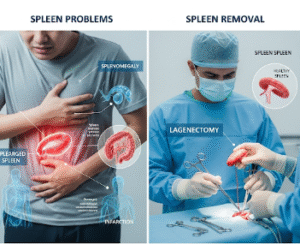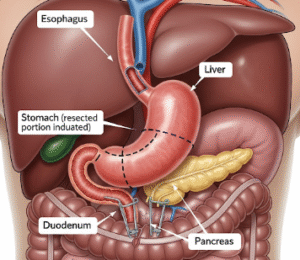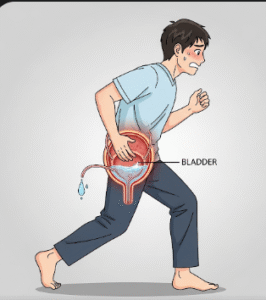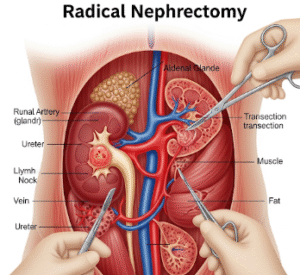Overview
Cardiac arrest is a sudden loss of heart function, leading to the stopping of blood flow to vital organs. It is a life-threatening emergency that requires immediate medical intervention, typically through cardiopulmonary resuscitation (CPR) and defibrillation. In Korea, cardiac arrest is a major public health concern, with increasing awareness campaigns, rapid emergency response systems, and advanced hospital facilities significantly improving survival outcomes.
What is Cardiac Arrest?
Cardiac arrest occurs when the heart suddenly stops beating effectively, often due to an electrical malfunction in the heart’s conduction system. Unlike a heart attack (caused by blocked arteries), cardiac arrest is primarily an electrical problem that disrupts the heart’s rhythm, causing sudden collapse and unconsciousness.
Symptoms
- Sudden collapse
- Loss of consciousness
- No pulse or heartbeat
- No breathing or abnormal gasping
- Seizure-like activity (sometimes)
Causes
- Ventricular fibrillation (abnormal electrical rhythm)
- Coronary artery disease and heart attack
- Cardiomyopathy (weakened heart muscle)
- Severe electrolyte imbalance (e.g., potassium, magnesium)
- Respiratory failure
- Trauma or severe bleeding
- Drug overdose or poisoning
- Genetic conditions (e.g., Long QT syndrome)
Risk Factors
- Previous heart attack or heart disease
- Family history of sudden cardiac arrest
- Hypertension, diabetes, and obesity
- Smoking and excessive alcohol use
- Sedentary lifestyle
- Older age
- Male gender (higher risk statistically)
Complications
- Brain damage due to lack of oxygen
- Multiple organ failure
- Permanent disability
- Death if not treated within minutes
Prevention
- Regular heart check-ups and screenings
- Control of blood pressure, cholesterol, and diabetes
- Avoiding smoking, alcohol, and drug abuse
- Eating a heart-healthy diet
- Staying physically active
- Use of implantable cardioverter defibrillators (ICDs) in high-risk patients
Treatment Options in Korea
South Korea has advanced facilities for managing cardiac arrest and post-resuscitation care. Immediate treatment and hospital-based interventions are widely available.
Emergency Response
- Nationwide availability of AEDs (Automated External Defibrillators) in public spaces such as airports, subways, and schools.
- Highly trained emergency medical services (EMS) providing rapid CPR and defibrillation.
- Public health campaigns teaching basic life support (BLS) and CPR to citizens.
Hospital Treatment
- Advanced Cardiac Life Support (ACLS) including medications like epinephrine and amiodarone.
- Defibrillation to restore normal heart rhythm.
- Intensive care unit (ICU) monitoring for post-cardiac arrest syndrome.
- Therapeutic hypothermia (targeted temperature management) to protect the brain.
Long-Term Care in Korea
- Implantable cardioverter defibrillators (ICDs) for patients at risk of recurrent cardiac arrest.
- Catheter ablation for rhythm correction.
- Cardiac rehabilitation programs for recovery.
- Lifestyle modification and medication management to prevent recurrence.


